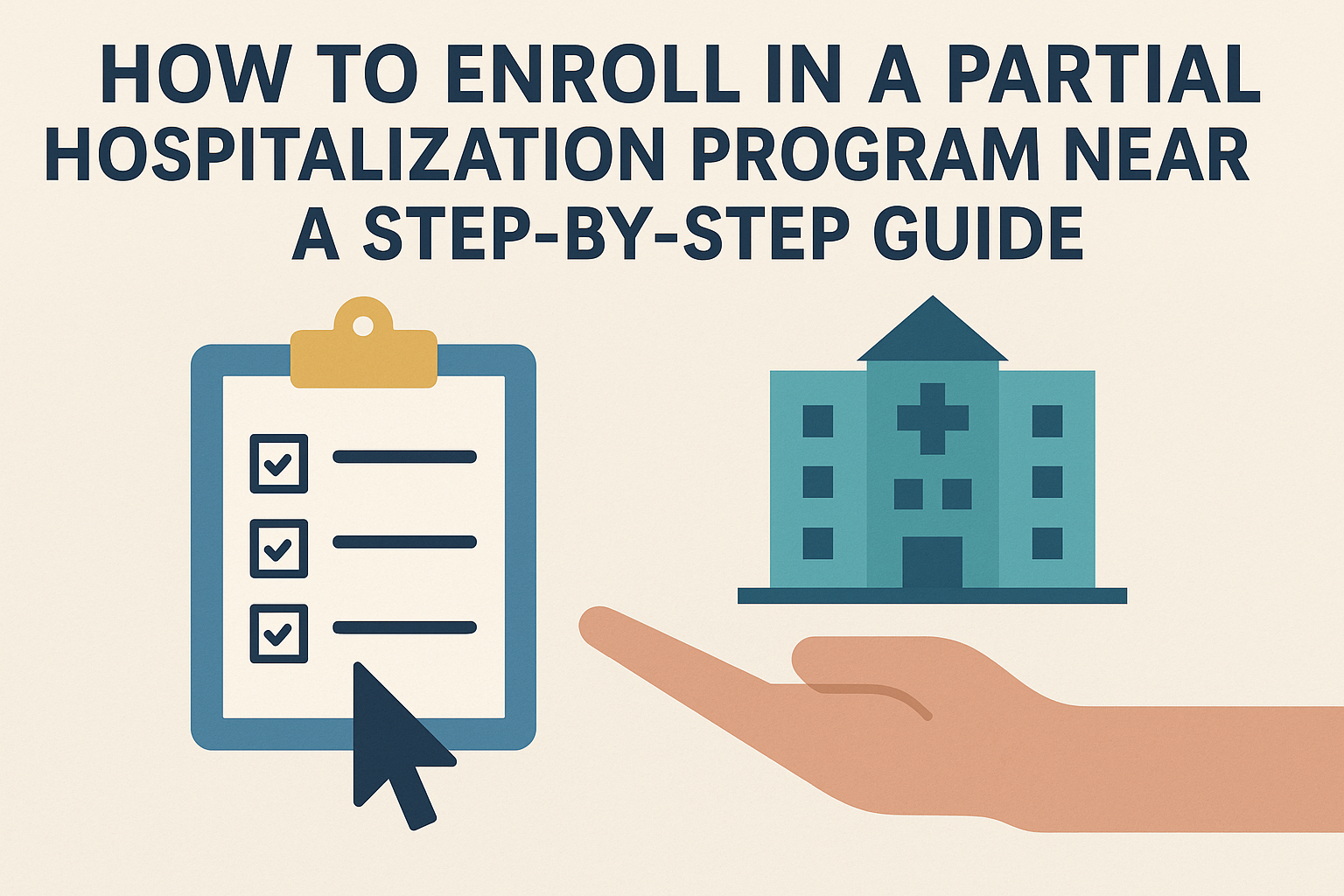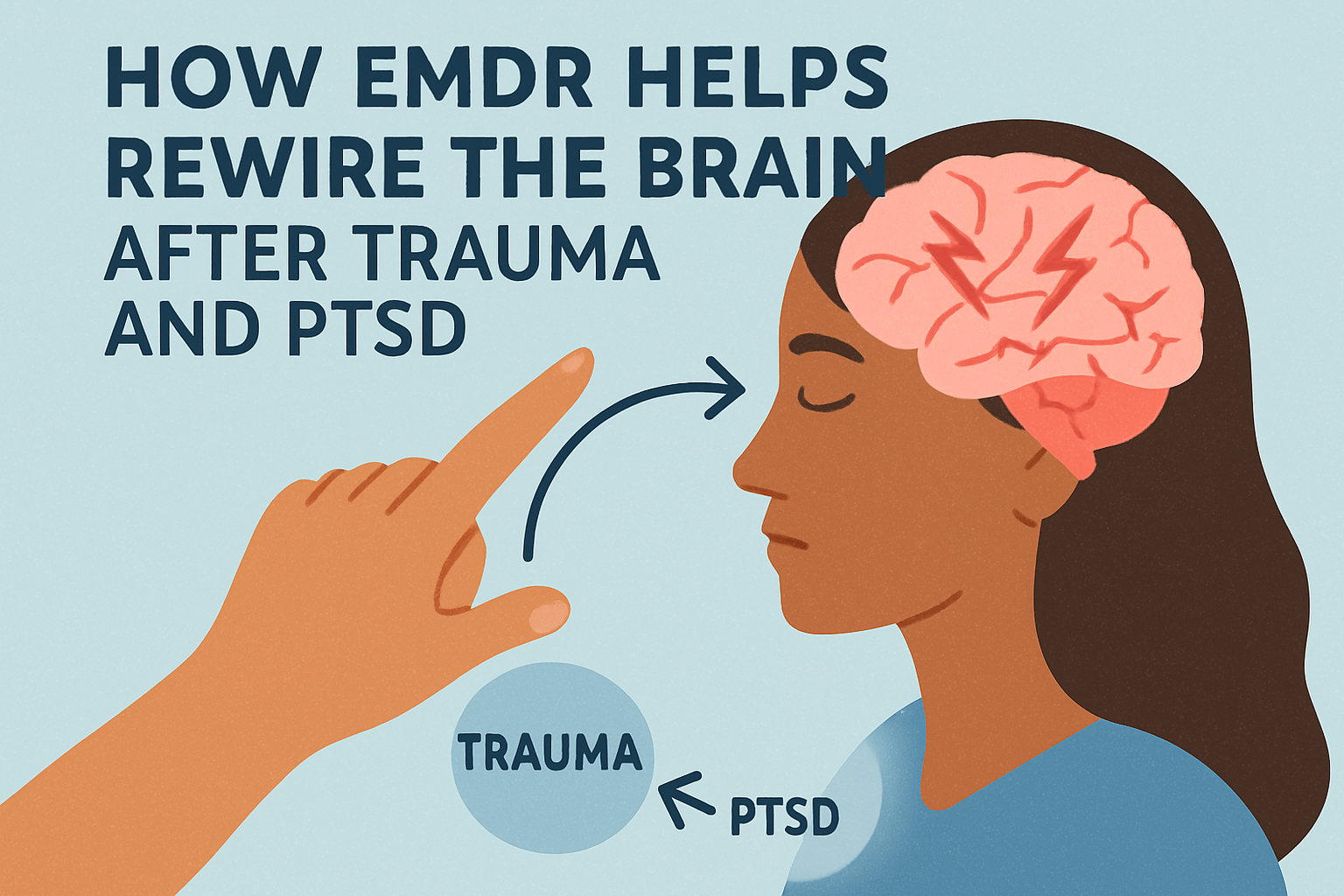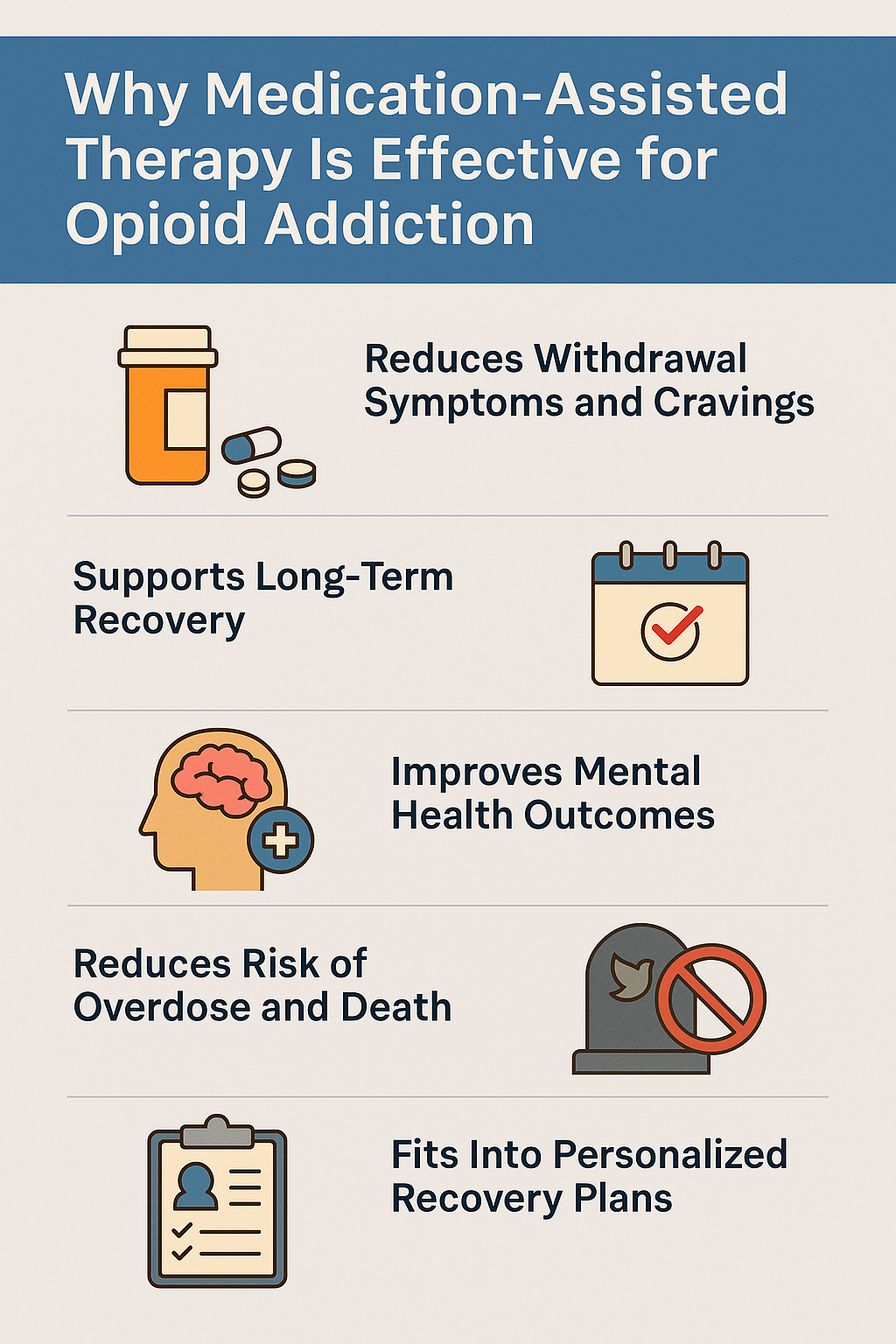How to Enroll in a Partial Hospitalization Program Near You: A Step‑by‑Step Guide

Strong 8k brings an ultra-HD IPTV experience to your living room and your pocket.
Taking the next step in your recovery journey can feel overwhelming, especially when you're unsure what that step even looks like. After detox or inpatient treatment, you may find yourself wondering, “What now?” You’re not alone. Many people reach this stage and realize they need ongoing support just not 24/7 supervision. That’s where a partial hospitalization program (PHP) comes in.
If you’ve been searching for a partial hospitalization program near me, this guide will walk you through exactly how to find, evaluate, and enroll in the right one for your needs. No confusing jargon, no pressure just practical steps and a bit of encouragement along the way.
What Is a Partial Hospitalization Program?
Let’s start with the basics. A PHP offers structured treatment for several hours a day usually 5 to 6 days a week but you return home at night. It’s more intensive than traditional outpatient therapy but less restrictive than inpatient care.
This level of treatment is ideal if you still need daily medical or emotional support but want more freedom to rebuild your life. According to the National Institute on Drug Abuse (NIDA), continued care after initial detox is essential to long-term recovery, and PHPs are a proven part of that continuum.
Know If a PHP Is Right for You
You don’t have to figure this out alone. Talk to your current therapist, case manager, or medical provider about your progress so far and your needs moving forward.
Here are a few signs that a PHP might be a good fit:
You've completed detox or inpatient treatment and want continued support.
You're not quite ready for traditional outpatient therapy.
You’re dealing with a dual diagnosis (substance use + mental health).
You need daytime structure but have a stable place to sleep at night.
If any of that sounds like you, then it’s time to move to the next step.
Search for a Program That Meets Your Needs
Start by searching online using location-based terms. Typing in something like partial hospitalization program near me can bring up local options, which you can then explore one by one.
Pay attention to:
- Specialties (Do they handle trauma? Dual diagnosis?)
- Location and transportation options
- Reviews and testimonials
- Program schedules and flexibility
- Staff credentials and licensing
Tip: Look for programs that are licensed by your state’s department of health or substance use services. This ensures they meet basic standards for safety and care.
Make the Initial Contact
Reaching out can feel intimidating but it doesn’t have to be. Most programs have an admissions team trained to answer your questions without judgment. Whether you prefer a phone call or email, just start with a simple introduction like:
“Hi, I’m exploring options for a partial hospitalization program and would like to know more about your process for getting started.”
They’ll usually walk you through insurance verification, available spots, and what assessments are needed before admission.
Get an Assessment
Before joining, you’ll typically complete a clinical assessment to determine whether the program is the right level of care for you. This often involves a conversation with a licensed clinician about:
- Your substance use history
- Any co-occurring mental health issues
- Current medications
- Risk factors or triggers
This step helps ensure the program is equipped to meet your needs and if it’s not, they can usually recommend an alternative.
Prepare for Enrollment
Once you're accepted into a PHP, you’ll be given a schedule and instructions for what to bring. Some programs may offer virtual orientation or a pre-enrollment packet so you know what to expect on day one.
Common tips include:
- Arrive early on your first day
- Bring ID, insurance card, and a list of medications
- Wear comfortable clothing
- Be open, even if it feels a little uncomfortable at first
“Change is hard at first, messy in the middle, and gorgeous at the end.” Robin Sharma
Show Up and Stay Open
Enrolling is only part of the journey what you do with the opportunity is what matters most. PHPs give you tools, support, and connection. You’ll attend therapy, work on coping skills, set goals, and probably meet people who understand you more than you expected.
Be patient with yourself. Healing isn’t linear, and some days will be tougher than others. But this step shows you’re committed and that’s something to be proud of.
Final Thoughts
Enrolling in a partial hospitalization program can feel like a big move but it’s a powerful one. It shows that you’re serious about your recovery, your mental health, and your future. Whether you’ve just finished detox, completed inpatient care, or are simply looking for more structured support, a PHP can give you the tools to move forward safely and steadily.
This stage of care helps bridge the gap between treatment and real life. It offers you structure, accountability, and the space to continue healing without the intensity of round-the-clock supervision. The journey isn’t always easy, but with the right support system in place, it’s absolutely possible.
Note: IndiBlogHub features both user-submitted and editorial content. We do not verify third-party contributions. Read our Disclaimer and Privacy Policyfor details.







